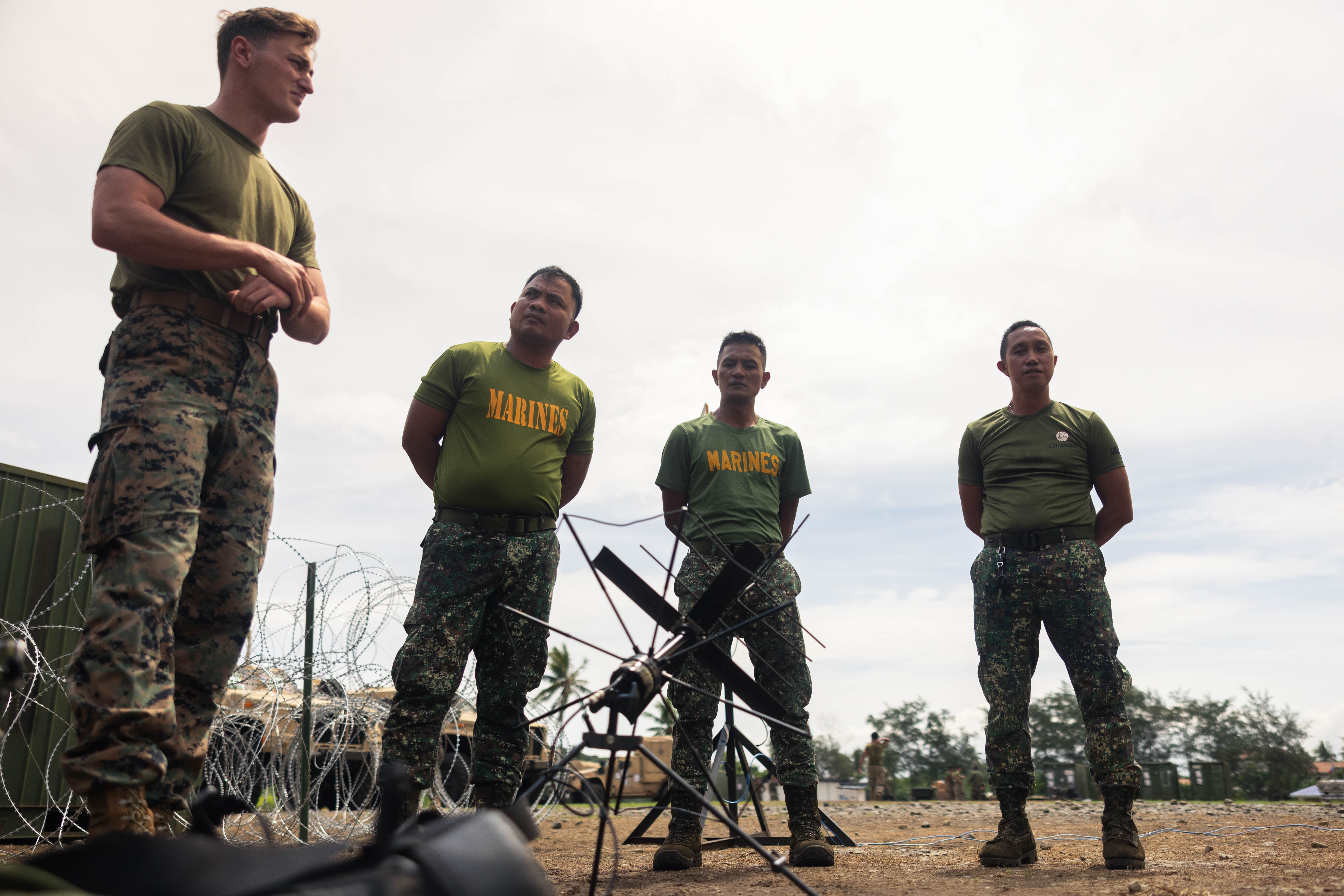
U.S. forces are back in the Philippines for another round of joint exercises with their Filipino counterparts as Washington and Manilla expand cooperation.
Marine Aviation Support Activity 2023 and Cope Thunder 2023-2 kicked off last week. Both sets of drills are now underway across the Philippines, keeping up an almost continuous series of U.S.-Philippine military exercises that started in February.
Marine Aviation Support Activity (MASA) started July 6. U.S. forces will continue training with the Armed Forces of the Philippines until July 21.
This iteration of the exercise is the largest to date, with 2711 personnel and 43 aircraft from both forces partaking in drills in Palawan and Luzon. The majority of American personnel at MASA 23 come from I and III Marine Expeditionary Forces.
MV-22B Ospreys and CH-53E Super Stallions from Marine Medium Tiltrotor Squadron 163 deployed to Antonio Bautista Air Base for activities in Palawan. Additional equipment, including HIMARS, was also flown in by Air Force C-17 Globemasters. Antonio Bautista is one of nine Enhanced Defense Cooperation Agreement sites that Philippine military bases that U.S. troops and equipment can access.
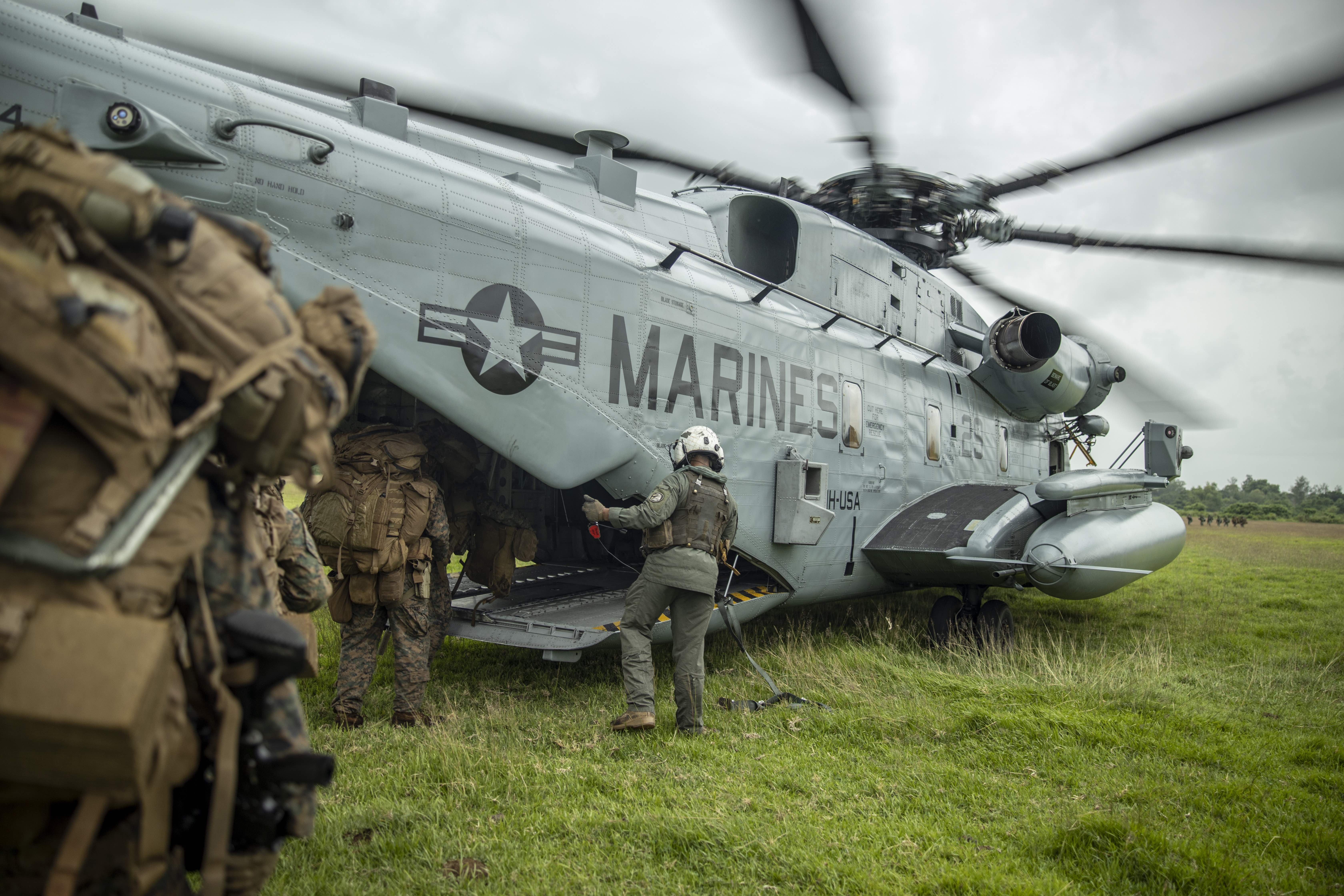
F/A-18 Hornets from Marine Fighter Attack Squadron 323 conducted a trans-Pacific flight from Marine Corps Air Station Miramar to Subic Bay International Airport. The last time Hornets operated in the Philippines was four years ago during Balikatan 2019.
F-35C Lightning IIs from Marine Fighter Attack Squadron 314 flew from Australia for MASA 23, marking the first deployment of the 5th generation fighter on Philippine soil. In previous years, F-35s taking part in the exercises launched from amphibious ships.
The Marine Hornets and Lightning IIs were slated to take part in a Sinking Exercise (SINKEX) on July 13, but the drill was canceled due to weather conditions. SINKEX would have taken place in the coastal waters of the South China Sea, the same location as Balikatan 2023. It would have been the second SINKEX held between the U.S. and the Philippines.
Former BRP Lake Caliraya (AF-81) was used as the SINKEX vessel. Donated to the Philippine Navy by the Philippine National Oil Company in 2014 and commissioned in 2015, Lake Caliraya held the distinction of being the first Chinese-built ship in Philippine service. Due to maintenance issues, Lake Caliraya’s only served for five years and was decommissioned in 2020.
It looks like the decommissioned Navy tanker, which was supposed to be shot down during Thursday's SINKEX or sinking exercise, has run aground in Morong, Bataan. The exercise was called off at the last minute due to bad weather
📷 PCG pic.twitter.com/c8UiUGqYfU
— David Y. Santos (@davidyusantos) July 14, 2023
Due to worsening weather conditions, the drill was canceled at the last minute for the safety of the participants. Lake Caliraya ran aground during an attempt to bring back the tanker after the SINKEX’s cancellation.
Maj. Natalie B. Batcheler, deputy director, Communication Strategy and Operations for the 3d Marine Air Wing told USNI News that “there will likely not be another go at the SINKEX” during MASA 23 due to previous commitments made to “re-open the operating area to local fishermen and mariners.” However, the activity still had value due to the joint planning that was conducted, Batcheler said.
“Regardless of the fact that the evolution did not execute in its entirety, there was great training value in rehearsing our ability to plan, orchestrate and deliver integrated firepower against a target under safe but realistic conditions,” Batchler said.
Other activities that took take place during MASA 23 include coastal defense drills, bilateral air assaults, airfield seizures, and joint forward arming and refueling at locations across the Philippines.
Like MASA, CT 23-2 started July 6 and will end on 21. This version of the two-part U.S.-Philippine Air Force exercise builds upon activities seen in May during the first edition. CT 2023 is the first iteration of the drills since the 1990s when the exercise was moved to Eielson Air Force Base and evolved into Red Flag Alaska.
During the first edition, Pacific Air Forces deployed F-16 Fighting Falcons for fighter training over Luzon. In the second edition, U.S. and Philippine aircraft will practice large-force deployment at airfields, including three EDCA sites, throughout the Philippines.
For CT 23-2, PACAF brought U.S. Air Force F-22A Raptors, A-10C Warthogs and C-130 Hercules’ to train with Philippine FA-50PH Golden Eagles and A-29B Super Tucanos. CT 23-2’s deployment marks the second time Raptors have operated from Philippine soil, the first being in March to practice the service’s new Agile Combat Employment concept. These Raptors are from Hawaiian-based 19th and 199th Fighter Squadrons, while the first to debut in the Philippines came from the Alaska-based 525th Fighter Squadron.
U.S. Army units have been training in the Philippines this month alongside their Marine and Air Force counterparts. The Long Range Fires Battalion of the Army’s 1st Multi-Domain Task Force fired off 20 rockets from HIMARS on July 7 in a demonstration for Philippine forces as part of Salaknib Phase II. Rangers from both countries also completed Bronze Ram last week.
Expanding Cooperation
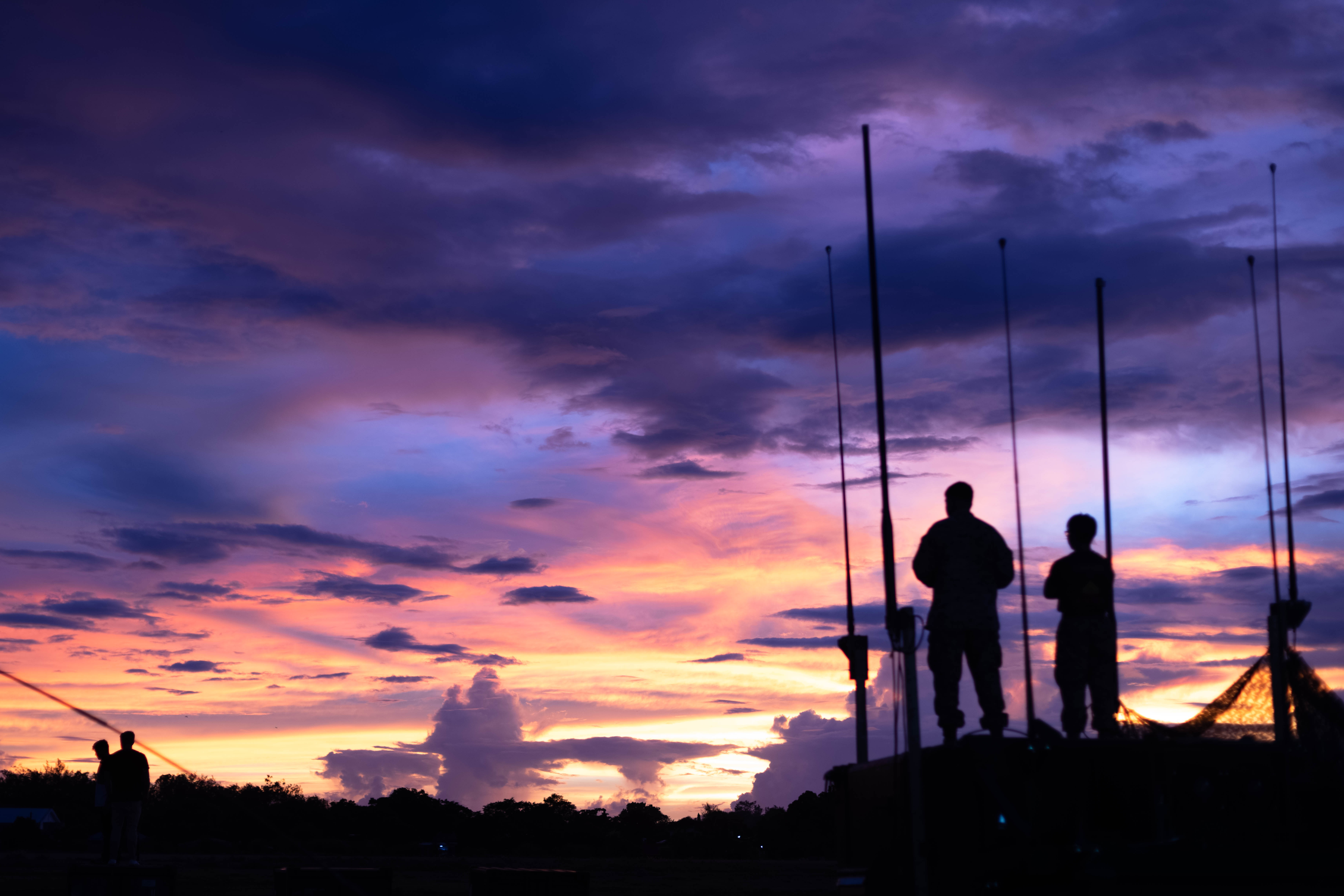
The Philippines and the United States have participated in the largest and most complex exercises in 2023. This year alone will have around 500 small and large engagements between the two militaries, reflecting a reinvigorated relationship.
These exchanges come as Manila seeks to modernize its armed forces, which are among the least capable in the region. Collin Koh, senior fellow at the S. Rajaratnam School of International Studies, told USNI News that expanding and more complex exercises help Manila’s military modernization efforts as they allow Filipino troops to gain experience in modern operations and equipment from their American counterparts.
“Larger exercises mean exposure for the AFP to larger-scale military operations and deepening of interoperability between the allies. This, of course, has the long-term effect of helping to build capacity within the AFP, given past decades of focus on internal security and the present shift towards territorial defense posture, which necessitates a credible conventional warfighting capability,” Koh said.
In the first set of U.S.-Philippine Bilateral Defense Guidelines, “training exchanges, exercises, and other operational activities” were highlighted as one of the ways the two countries would modernize their defense capabilities. The guidelines also mentioned a five-year-long Security Sector Assistance Roadmap, which seeks to transfer “priority defense platforms and force packages that will bolster combined deterrence and capacity to resist coercion.”
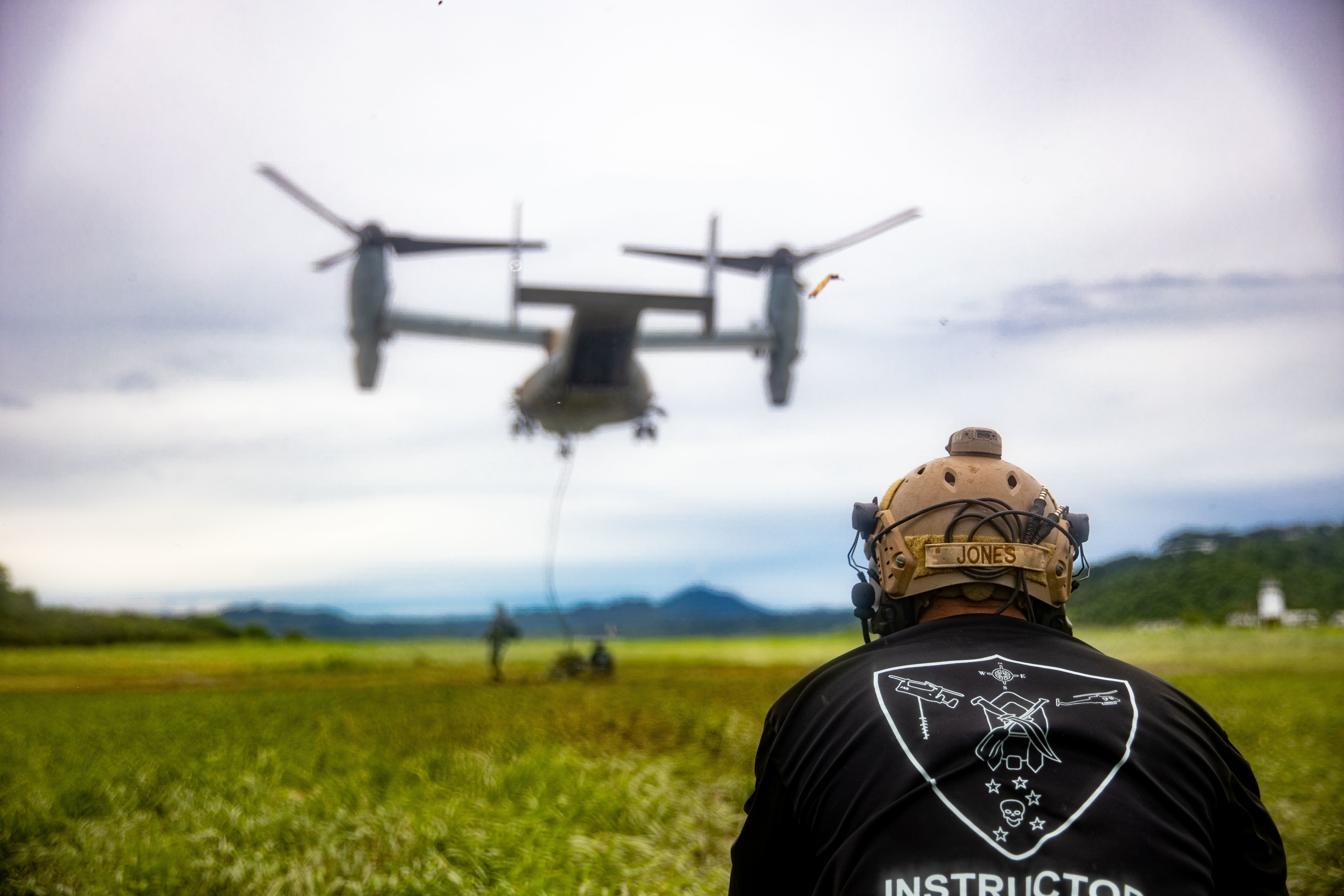
The two countries also agreed on the expansion of EDCA, allocating an additional four sites across the Philippines. Of the four new sites, two lie in Northern Luzon facing Taiwan and one is in Palawan adjacent to the South China Sea.
American-led large-scale exercises are “part of the broader shift and adjustment in its military posture” in the Indo-Pacific region, focusing on “honing warfighting proficiency against a near-peer adversary,” Koh said.
In May, the first-ever trilateral coast guard exercise between the U.S., Philippines and Japan took place in the South China Sea. This combined drill came after a series of high-profile incidents between the Philippine and China Coast Guards in the South China Sea in March and April.
These incidents have become a key focus in the U.S.-Philippine alliance. Washington is one of the Philippines’ many supporters in countering China’s coercion and violations, providing equipment and training to Philippine maritime forces.
Raymond Powell, Project Myoushu lead at Stanford University, told USNI News that these enlarged exercises with the Philippines come at “a crucial time” and that they help the U.S. demonstrate commitment to the alliance by helping the Philippines in countering China’s violations.
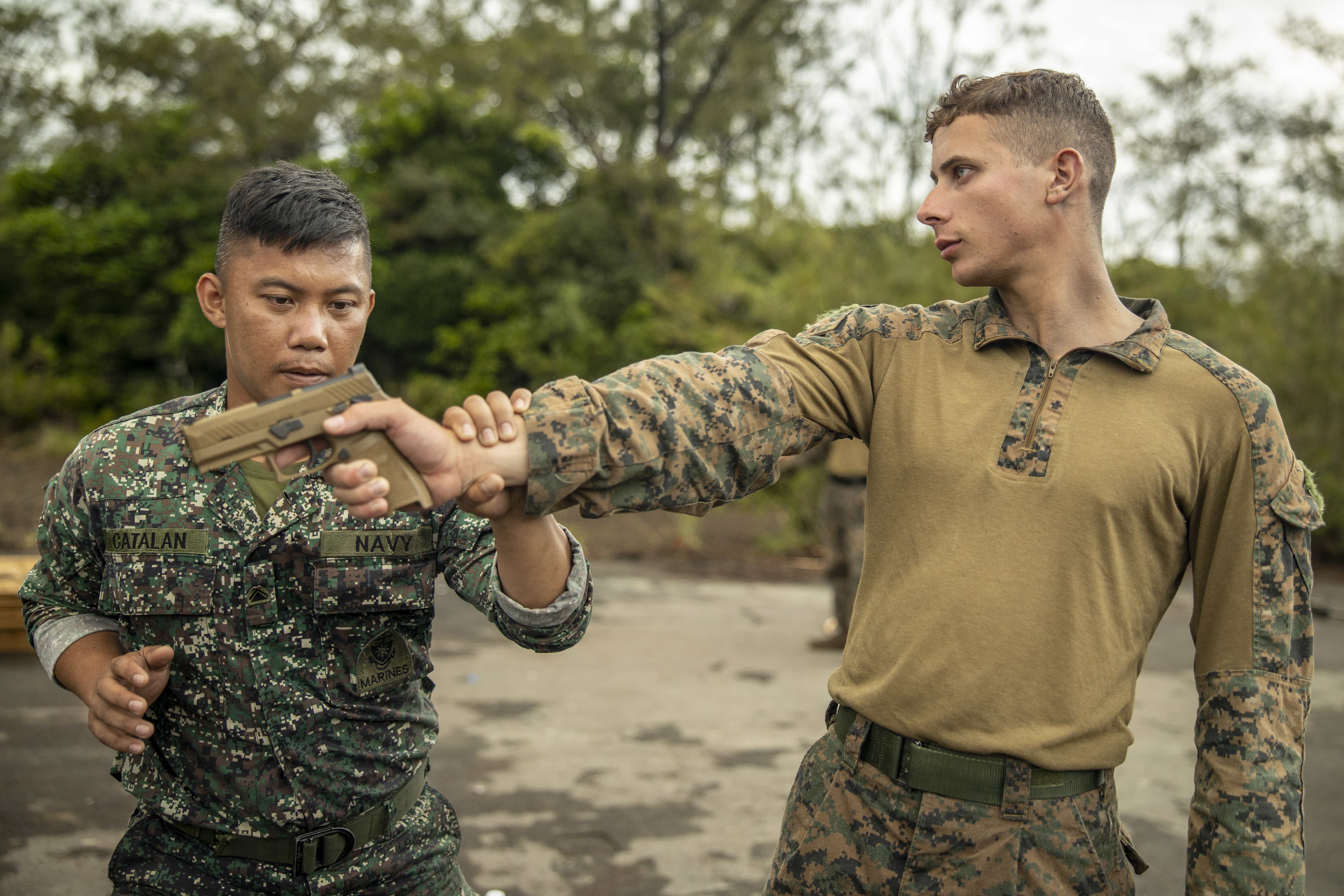
“Now is when the Philippines needs both moral and material support from its friends because there is where its leverage against China’s bullying resides. Beijing knows how to exert pressure on government, civic, and business officials of countries that don’t bend to its will, and this pressure is likely especially intense now,” Powell said.
Recently, Manila has taken a more assertive stance against foreign incursions by exposing intruders. This has led to the release of photos of smaller Philippine ships facing their far larger and armed Chinese counterparts within Philippine waters. However, for the Philippines to keep up this new approach, Powell highlighted the need for increased foreign support.
“Its confidence in its like-minded friends will be crucial to its ability to stay the course. That confidence will be built not just on their words of encouragement but on their visible, material support,” Powell said.





